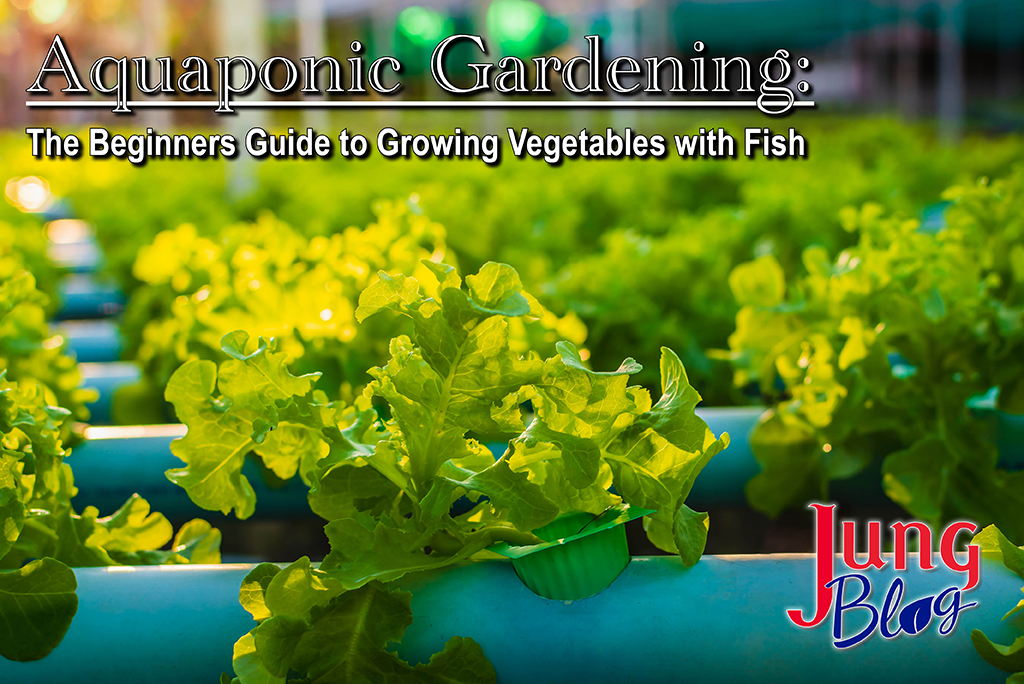
Did you know you can grow a vegetable garden in your fish tank?
In this article, we’ll teach the basics of aquaponics, the art, and science of growing plants in your fish tank.
Aquaponics is a fun and fancy word for a fun and futuristic concept: growing plants without soil in the same tank where you’re raising fish. This may sound like science fiction, but it’s not. Not only is this wacky pairing science fact, but it’s also actually accessible in your own backyard! In this article, we’ll cover the principles behind aquaponics, the basic setup, and some of the pros and cons of this innovative practice.
What Is Aquaponics?
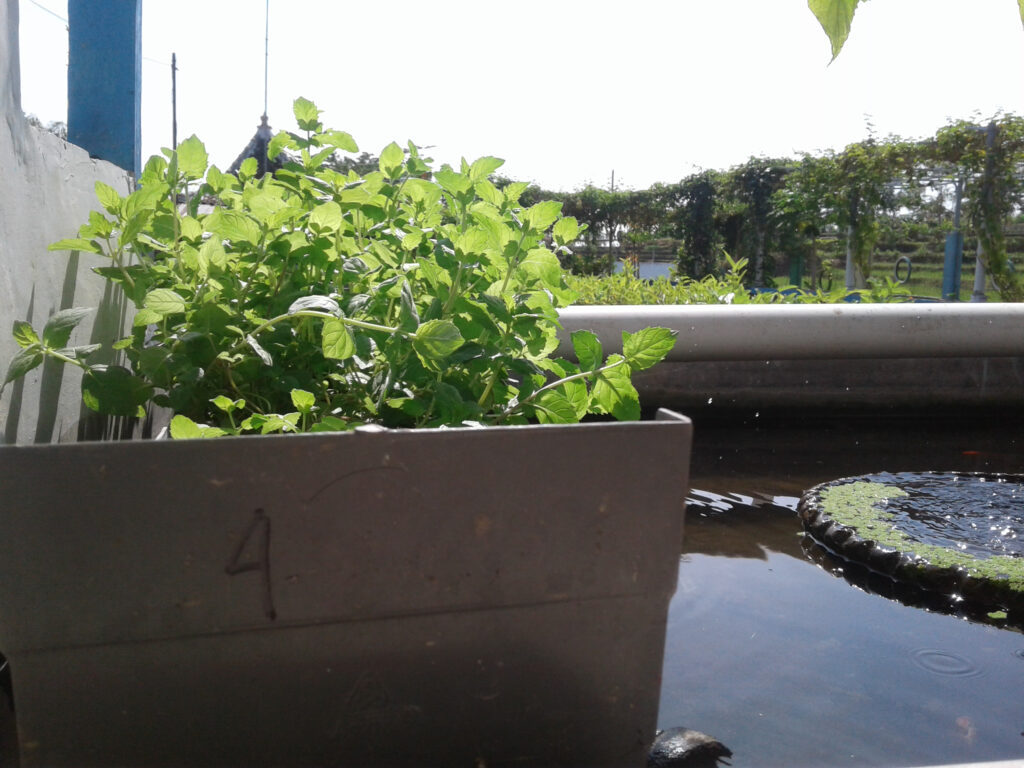
The practice of aquaponics is, like the word itself, a combination of two things: aquaculture, or raising fish, and hydroponics, growing plants only in water without soil. The practice of hydroponics was first documented in the 17th century, but it only began to be seriously researched in the 20th. The efficiency and benefits of hydroponics are now widely accepted.
Aquaponics works in the same way that wild ecosystems keep themselves balanced. If you think about it, your aquaponics setup will have all the critical elements of a natural wild marine ecosystem – water, fish, plants, small animals (usually red worms), and bacteria. The fish produce waste, which is rich in ammonia. The worms and the bacteria break the ammonia down into nitrites and then nitrates, which the plants process as nutrients to fuel their growth. This produces clean, oxygenated water that your fish can thrive in, allowing them to grow bigger, eat more, and produce more waste, which gets broken down by the bacteria, and so on. If properly balanced, the cycle will sustain itself with little tweaking or input from you. Instead, you can just sit back and watch your dinner more or less grow itself. And who could want more than that?
How to Set Up an Aquaponics Tank
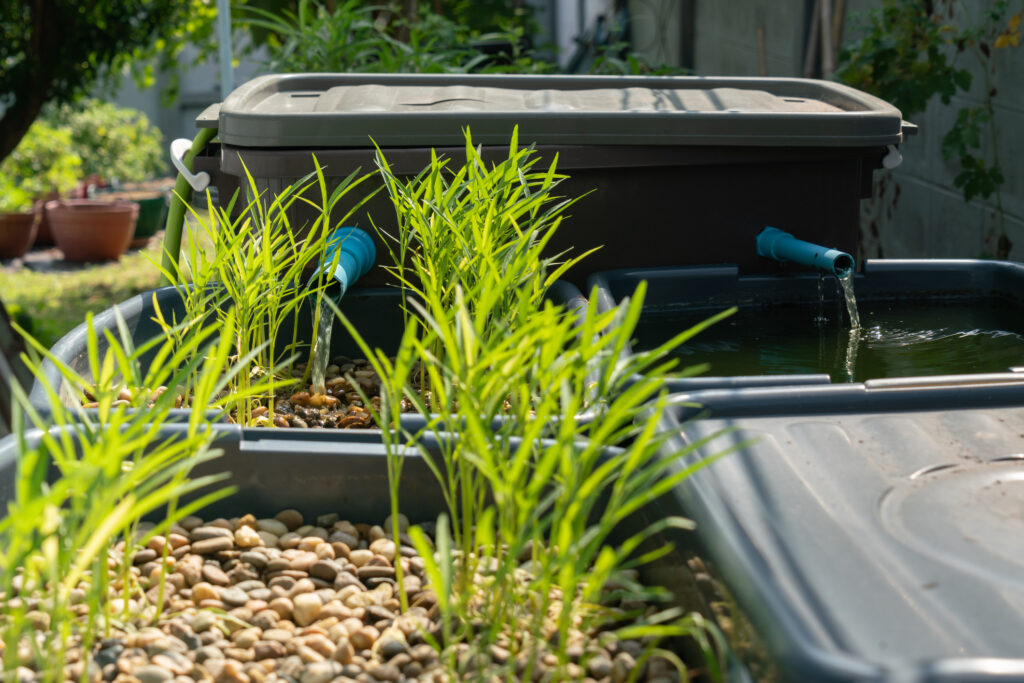
Aquaponics sounds so fiddly and futuristic that people are often surprised to find out how easy it is to set up their own system. All you’ll need is a tank, a filter, lights, and an aerator pump, along with your fish and plants, of course. Depending on the species of fish you’re raising, you may also need to invest in a tank heater. Either way, the amount of energy needed to run an aquaponics tank is relatively small, especially when considering the amount of energy that it creates in the form of fresh food.
Most freshwater fish species do well in aquaponics setups, including both popular ornamental fish and common seafood species. Tilapia and catfish are some of the more popular edible fish for aquaponics, while koi and goldfish are common ornamentals.
Some things to watch out for when choosing fish for your aquaponics setup are their preferred water parameters (temperature, hardness, pH, etc.) and their tendency to eat and abuse plants in their environment. Most fish will take a few nibbles, and that’s fine, but species like the silver dollar fish, which is known for ripping plants out by the roots, probably won’t be a good fit.
Similarly, almost any plant can thrive in an aquaponics tank. The one thing to be aware of is their preferred acidity, as plants that require an acidic environment rarely do well in a usually pH-neutral aquaponics tank.
Benefits
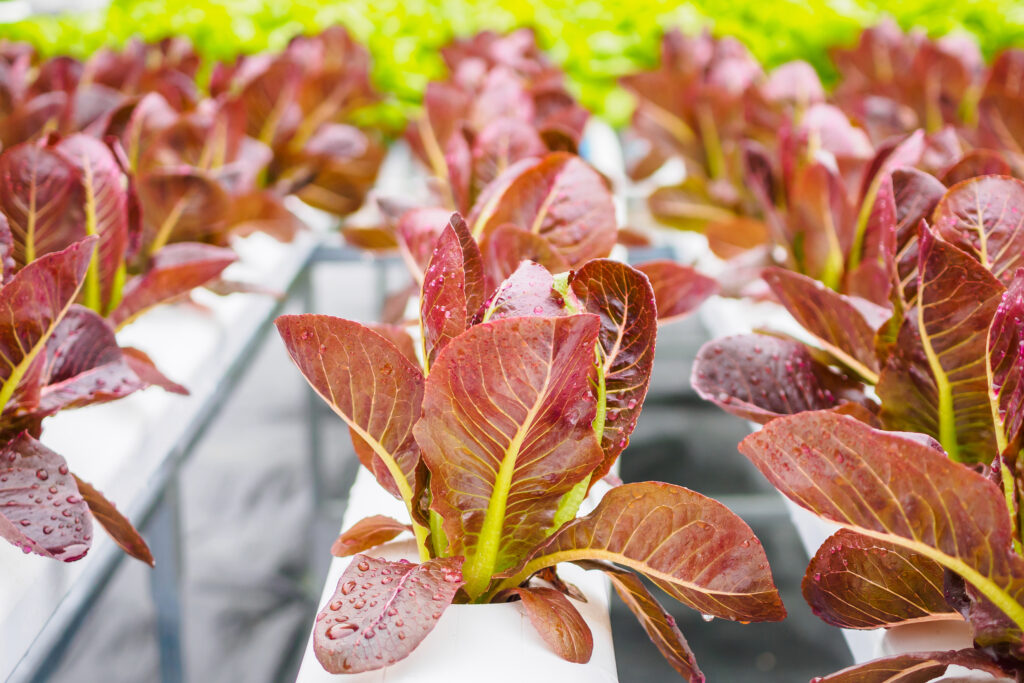
One of the major advantages of aquaponics is the efficiency of the system. An effective aquaponics setup is largely self-sustaining and waste-free, which is both cost-effective and environmentally friendly. If you’re a teacher or parent, an aquaponics system can also be a great opportunity for kids to learn about ecosystems, food chains, nutrient cycles, and environmental balance.
Another wonderful thing about aquaponics is that you can use it to produce protein for your dinner table, as well as vegetables. While you can certainly practice aquaponics in a traditional aquarium full of beautiful ornamental fish, many aquaponic gardeners choose to go all in on the efficiency of the system, raising tilapia or other edible fish for dinnertime dining. This especially makes sense when you consider that most people set up their aquaponics tanks in their basements, garages, and greenhouses – none of them prime places for sitting and watching the inhabitants of an ornamental fish tank drift peacefully by.
Downsides
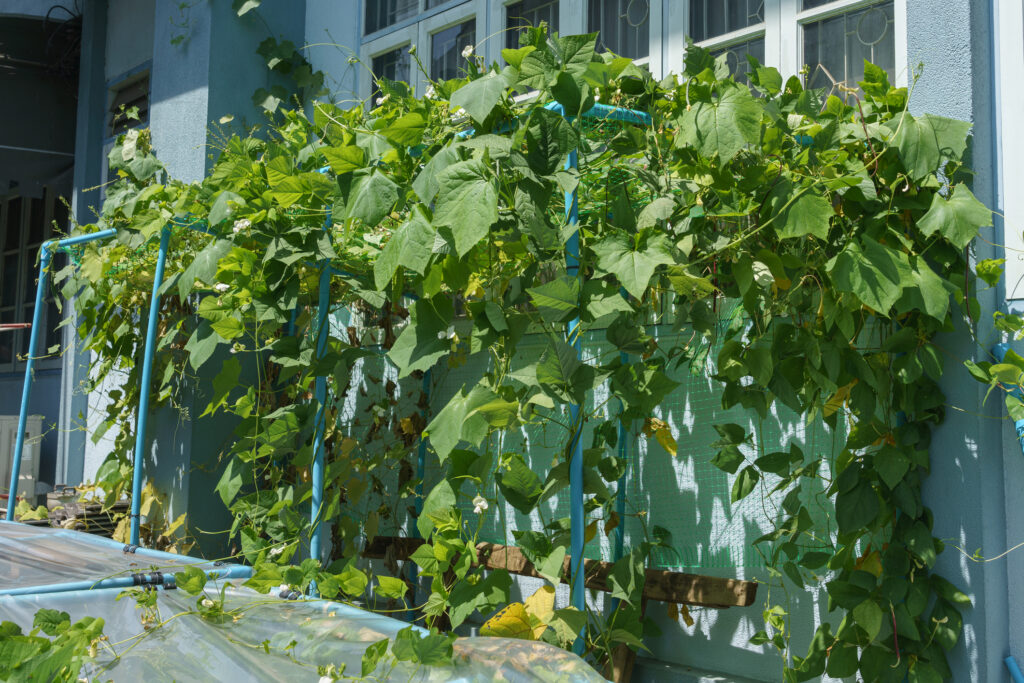
One potential downside of aquaponics is that your fish may decide to beat you to the punch in making a tasty meal of the veggies growing in their tank. However, this is no different from the risk traditional gardens face every year from rabbits, squirrels, deer, and a million other marauding munchers. Depending on the kind of fish you’re raising, with aquaponics, you may even be able to get your own back by eating the fish somewhere down the line.
The world of aquaponics is a strange and wonderful one. Though it may have sounded magical when you first heard of it, hopefully now you know that that magic is just waiting to bloom in your backyard.
Other Recommended Reading
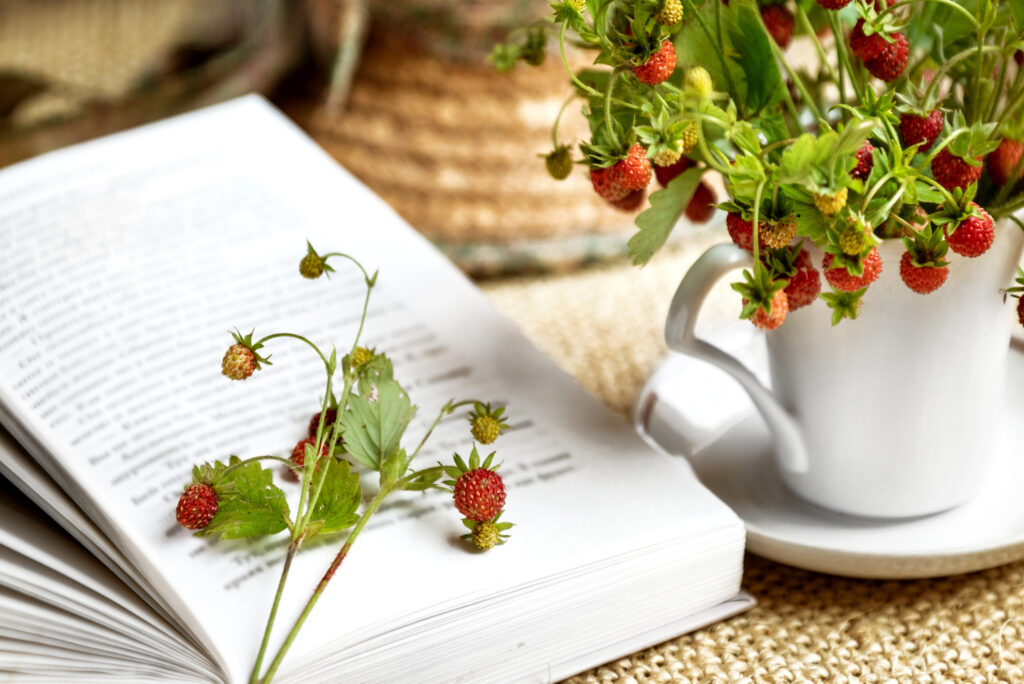
- Grow A Vertical Vegetable Garden
- Balcony Gardening
- Container Gardening For Beginners
- Growing Citrus in Containers
- 6 Tips For Perfect Plant Pairings

At Jung Seed Co, we strive to be your go-to guide for all your gardening needs. Our YouTube channel Jung Garden Center now includes our new video series All Things Green where our experts provide gardening tips for all levels of gardeners. When you need reliable gardening advice, turn to the trusted experts at Jung.
View our new catalog online or browse our website for all of your gardening favorites. To receive info on new products, exclusive deals, and specials, be sure to sign up for our weekly email. Join our Facebook page, to discuss all things gardening!
About the Author: If you are interested in writing an article for the Jung Blog email us at – info@jungseed.com.